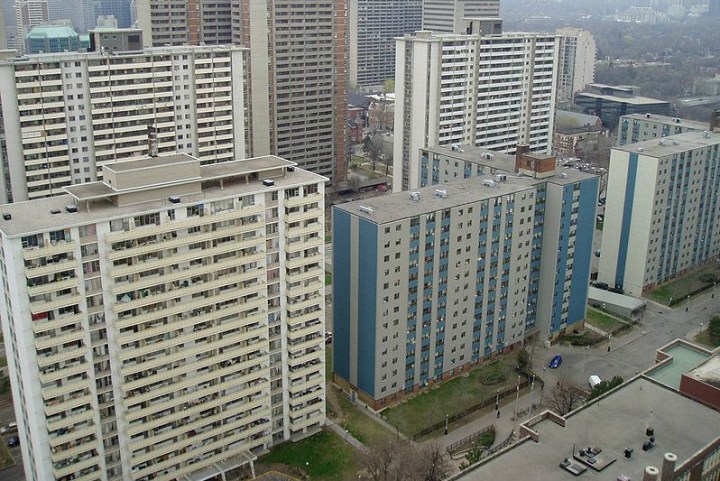
But lots of tenants would like the option of smartening up their homes, even if they are just temporary homes. A few multi-family dwellings actually want in on making buildings more energy efficient or solving some common headaches that come with balancing security and convenience (think key fobs to enter a locked entrance).

“StratIS is smart building meets smart home, providing property owners, managers, and residents control over everything from door locks and thermostats to lights and appliances,” says Felicite Moorman, CEO of StratIS.
While it sells its own thermostat, the company recently partnered with Schlage. The lock-maker has a line of products specifically for multi-family dwellings that let residents use their phones to open doors, instead of needing an extra bit or bob.
“StratIS’ partnership with Schlage Locks enables property managers to quickly and easily provide replacement credentials without having to rekey an entire door lock. And, better yet, this can all be done without even leaving the management office,” says Moorman.
Of course that’s convenient, but we can imagine instances where not 100 percent of renters are on board with transitioning to the smart home, for reasons of both privacy and security. And while smart thermostats save money every month, setting up a building full of apartments with the tech will cost money upfront, which may be reflected in the rent.
Still, Moorman thinks the smart apartment is the future, because it will provide benefits in both cost and convenience in the long run. “With its integrated system of access, energy, and automation, StratIS provides significant ROI for property managers and owners,” she says.
Editors' Recommendations
- SimpliSafe is now using AI to prevent burglars from entering your home
- How to convert your window blinds into smart blinds
- Google rolls out new Nest Cam features to Google Home for web
- How to use the Google Home app on a computer
- Echo Hub vs. Echo Show 8: Which is the best option for your smart home?


